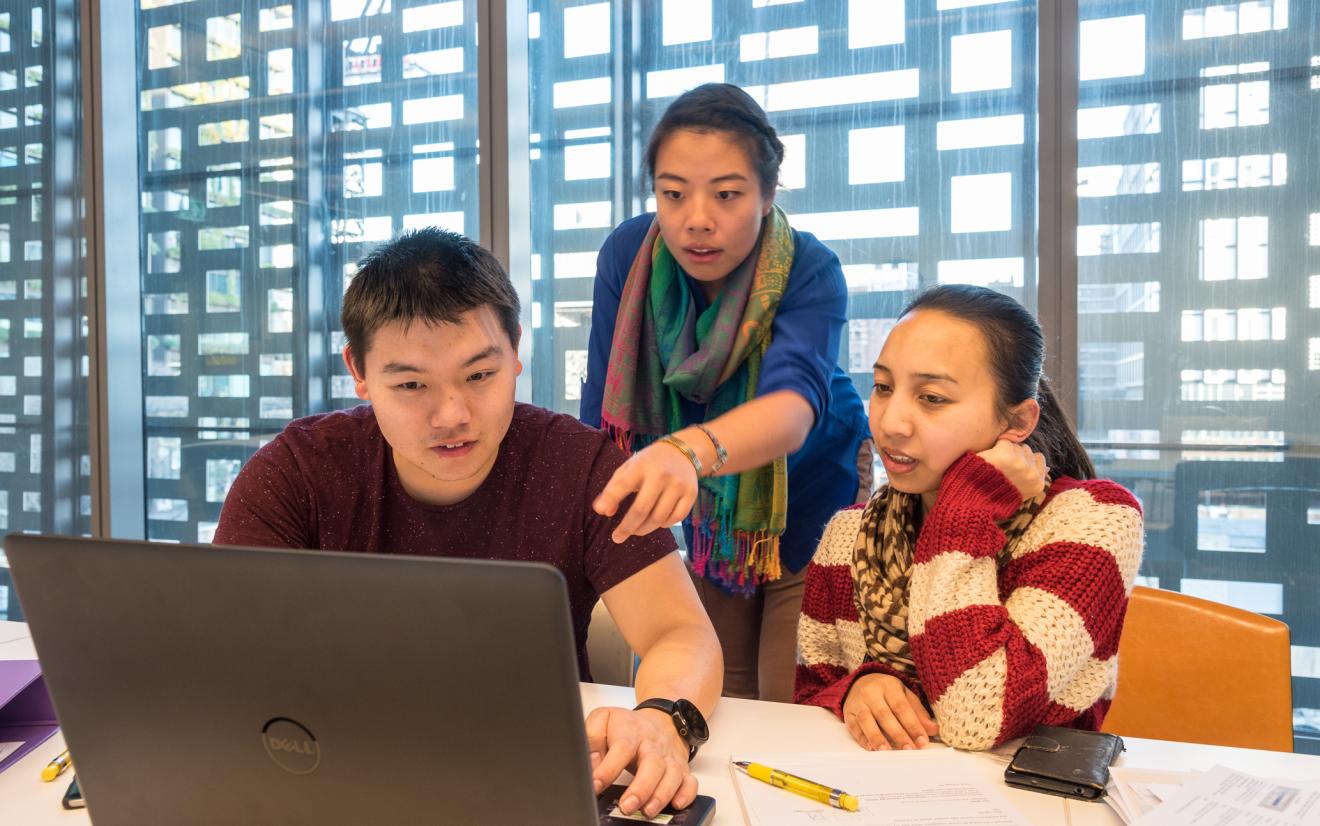
Keywords: Turnitin, GradeMark, efficiency.
Faculty: Education
Lecturer and researcher Donna Rooney initially started using Turnitin when she was a casual tutor for the Bachelor of Adult Education and the Bachelor of Arts in Organisational Learning. She had previously been copying and pasting phrases into Google that she thought might have been plagiarised, but this process was time-consuming. She found that Turnitin made originality checks relatively straightforward. Donna's marking workload increased considerably when she began teaching full-time, resulting in as many as 290 submissions to mark in the final week of session. To cope with the larger number of assignments, Donna began to use Turnitin for marking as well as monitoring for plagiarism. Donna felt that the time she took in setting up Turnitin for her classes paid off, especially as she improved gradually by using the program. She found that while her colleagues were still struggling with marking, she was getting incrementally faster and her students were still getting the feedback they needed to get better at the task for their next assignment.
Assessment activity
Benefits for staff and students
Hints and advice
- The combination of a marked-up paper, rubric and voice comments are what students really appreciate.
- When marking up the student paper use a variety of coloured highlighters, so that students get a clear picture of how to improve their work.
- Give students a lot of detailed feedback on their first assessment task and then reduce the number of comments until their final assessment task has a few general observations.
- Think of the time you put in setting up the system, like developing criteria, as an investment that pays off at the end just as other people start pulling their hair out under the pressure of end-of-session marking.
Photo credit: Chris Shain

